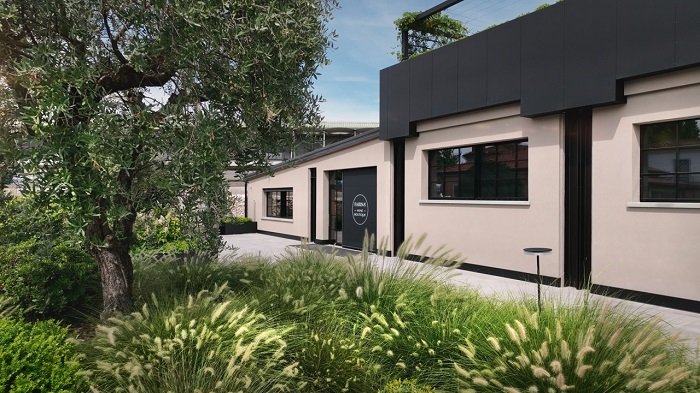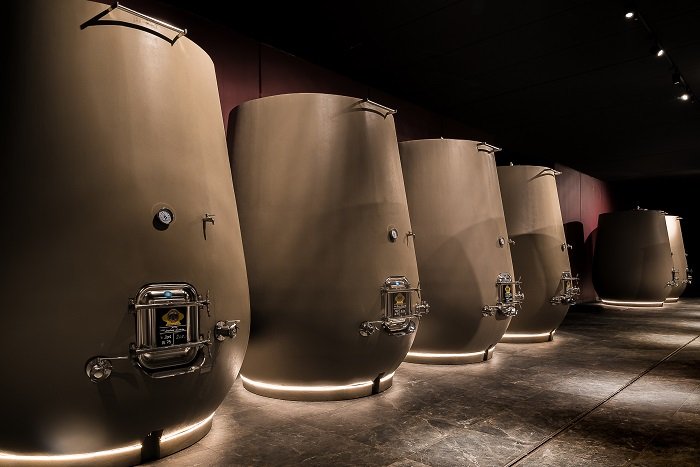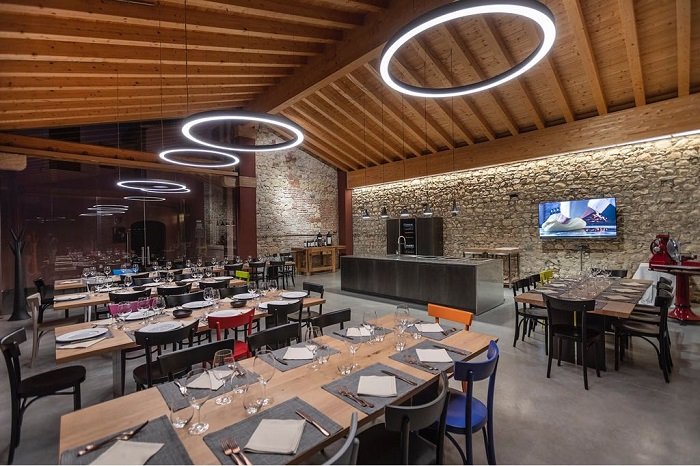The fourth generation of the Farina family has embarked on a collaboration with the University of Verona for an interesting research project. Among other aims is to test the materials used in the aging, maturation and preservation of wines, as Sissi Baratella tells us.
In the province of Verona, in classic Valpolicella, at a fortunate crossroads of historic companies, historically there is also the Farina winery. Now in its fourth generation, Farina Wines boasts more than 100 years in land cultivation, grape growing and wine production.
Wine has always played a central role for Valpolicella, even to the point of making the vine the main crop. Farina has always produced it, and has called it Valpolicella ever since. Production is quite varied, touching on other appellations in the province of Verona. It proudly makes its spearhead the Amarone della Valpolicella Classico and, in the best vintages, the Amarone della Valpolicella Classico Riserva. The latter moreover constitutes a true homage to the family’s farming origins and their connection to the land.
An inescapable bond but one that has changed over time by evolving for the better, embracing concepts of modernity and contemporaneity. Mastering a technique that is ancient in some respects, but not immune to improvement.
The company and the fourth generation

Located in Pedemonte, it boasts 65 hectares of vineyards: 10 of its own property to which are added 55 hectares worked by 10 historical vintners in the Classic area. One million 350 thousand bottles; 40% Italy and 60% abroad including Europe, Canada, USA, Australia, Scandinavia, Switzerland. This is the situation now orchestrated by the cousins Elena and Claudio Farina.
Strengthened by previous experience, continually stimulated by curiosity and thirst for knowledge, are directly responsible for research projects in collaboration with the University of Verona. Among other purposes is to test the limits of their own, their wines and the materials used in their aging, maturation and conservation.
Research with the University of Verona

Conducted by Professor Maurizio Ugliano of UniVr and followed in the winery by Farina’s winemaker and production manager Andrea Zerman, the research focused on the relationship between oxygen and wine. Among the aims is to make the wines as high-performing as possible and self-sufficient in preserving themselves, thereby reducing the doses of exogenous SO2.
A story that is as old as time I would be inclined to say, because that oxygen for wine plays an important role is well known. That it can be at the same time enemy and valuable ally is equally well-known and fascinating. Why this relationship therefore should no longer be left to chance seems obvious.
The study conducted (which is still ongoing) involves. analyzing the evolution of wine stored in containers of different natures. Four materials: steel-concrete-ceramic and wood. Seven, on the other hand, are the containers: steel, Tulip 75 hl, Clayver and for wood tonneau 500 liters, barrique 225 liters and large barrel of 20 and 30 hl.
Obviously, the research revealed what was expected, namely that wood oxygenates more than steel, which is its counterpart. Moreover, the phenomenon is accelerated in smaller volumes of wood; what we can consider innovative, however, is the fact that it can be measured with relatively easy-to-use and portable systems. As much as, moreover, each container (with wood always in the forefront) may vary from piece to piece, it tends to be the scale of “oxygenation power” remains unchanged. This detail becomes nontrivial at the time when we propose to study a protocol of vinification, aging and maturation dedicated to the type of wine to be produced starting, of course, with the grape and its origin.
Alexander, the first wine child of research
It is precisely between 2022 and 2023 that a new wine first enters the market, Valpolicella Classico Superiore Alessandro 2020 (now available in 2021). From single plot and classic composition from main Valpolicella grapes. Strictly fresh but picked at full, very full, ripeness. For Alexander, the first wine also a 100 percent child of this study (and dedicated to Claudio’s dad, “old guard” directly and tirelessly responsible for the reality that Farina is today) 20-30 hl Slavonian oak was chosen for one year, followed by 6 months in cement before bottling.
Hospitality

Also very recent is the breakthrough in the field of wine tourism. Active all year round and every day, with different proposals for wine experience and tasting of typical local products selected both for authenticity and for goodness and pairing. Viewable and bookable on the website, they are also a guarantee because they are under the responsibility of a doc daughter of Valpolicella. More doc her than some wines, I’m talking about Silvia Coati whom I have had the opportunity to see at work in different work settings always managing to convey the best of each.
Today, with Farina Wines, the venture is already a success; the first year’s numbers say so: an impressive 9,000 attendees. For the record, these are quite a number for Valpolicella, a territory until recently mainly focused on exports and not very accustomed to winery hospitality (with some exceptions), but today increasingly sensitive and structured on the subject.
The tribute to the land, men and women
The Valpolicella Classico Superiore Alessandro fits into a selection of three luxury labels in the box Quintessential Valpolicella Classico. An authentic and differentiated taste experience going from a more everyday wine to the exclusive Amarone Riserva dedicated to sharecropping (it is called Mezzadro alla Fontana), passing through the Amarone della Valpolicella Classico Famiglia Farina. A “modern” Amarone, a child of appassimento and consequently structured but with still fragrant fruity hints.
What the three labels, so different from each other, have in common is that they come from the classic area, the main grapes from Valpolicella and thecaptivating savoriness on the palate. A sapidity that together with acidity make wines with a balanced drinkability that is never banal. The winery also produces white wines in a smaller percentage, we point out Nodo d’Amore, a union of Garganega, Chardonnay and Sauvignon. Fragrant and powerful, it is the winery’s answer in white to Amarone.








